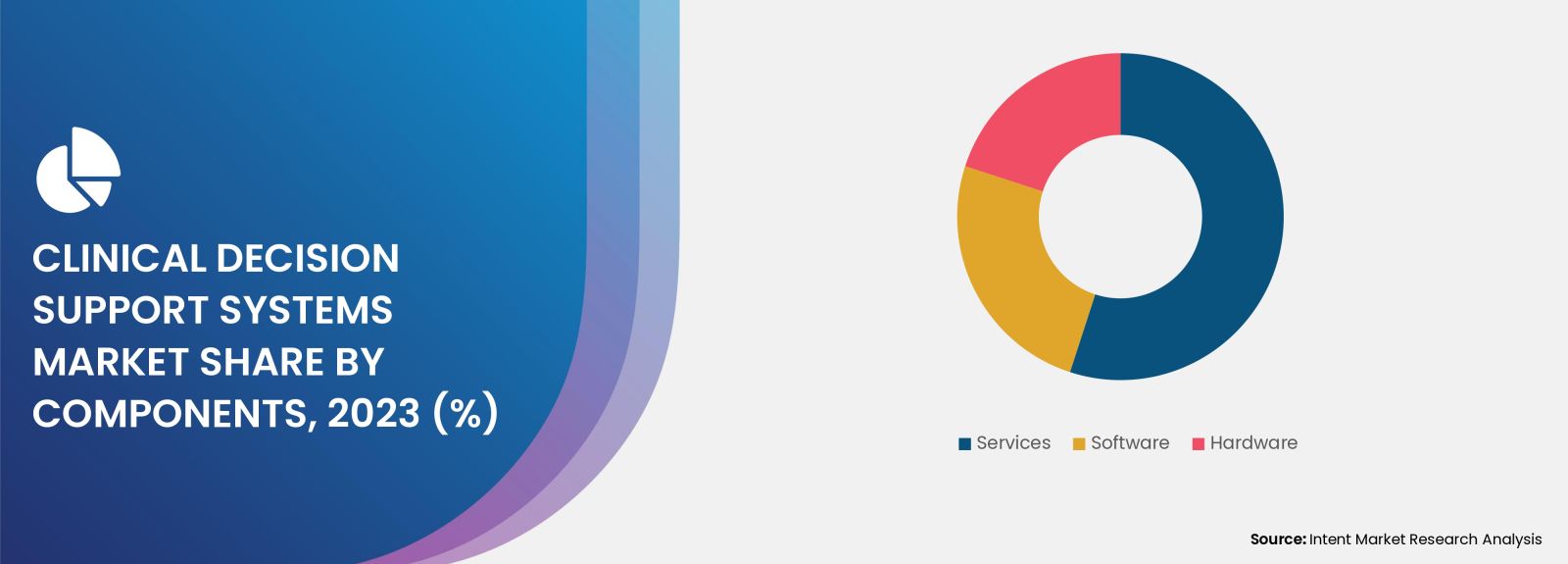Press Releases Details
The Clinical Decision Support Systems (CDSS) Market was estimated at USD 1.9 billion in 2023-e and projected to grow at a CAGR of 8.1% through 2030 to reach USD 3.1 billion.
CDSS serves as digital aids for healthcare professionals, particularly doctors, to enhance their decision-making during clinical scenarios. These computer-based tools aim to empower providers by delivering timely, patient-specific information right at the moment of care. CDSS manifests in various formats, including computerized alerts, diagnostic and therapeutic protocols, and concise summaries of patient data.

The primary objective of CDSS is to elevate the calibre and safety of patient care. By ensuring healthcare professionals have access to the latest and precise information, CDSS contributes to informed decision-making. Additionally, it plays a role in cost reduction and efficiency improvement by streamlining the decision-making process within the healthcare workflow. CDSS also aims to enhance both the quality and safety of patient care, by giving medical staff members access to the most recent and accurate information. Additionally, it can lower expenses and boost productivity by simplifying the decision-making process.
Cloud-based healthcare systems are revolutionizing the industry due to their affordability, accessibility, and advanced diagnostic capabilities. Healthcare providers are increasingly turning to cloud technology for its cost-effective and reliable solutions, empowering them to offer better care with easier data access and improved diagnosis. From managing patient records to remotely monitoring chronic conditions, cloud-based systems are enabling personalized healthcare and accurate diagnosis across a variety of devices. The growing accessibility of cloud technology, coupled with its advantageous features, is expected to propel the adoption of the cloud-based CDSS market throughout the forecast period.
In 2023, the services segment dominated the market, holding the largest market share. This can be attributed to the significant advancements in software applications and the increased expertise in effectively utilizing these applications, which collectively have played a vital role in delivering superior-quality healthcare services to patients. The scope of these advancements encompasses improvements in both software and hardware CDSS market. The emphasis on refining and optimizing these elements has contributed to the overall growth and effectiveness of healthcare services, ultimately benefiting patients.
Asia-Pacific is poised for substantial growth in the forecast period. Notably, countries such as India, China, Japan, and Australia are witnessing a surge in healthcare investments. The expansion is attributed to advancements in research & development techniques, coupled with substantial government expenditures and investments in the healthcare sector.
Collaboration activities in the region are poised to drive the market in the near future. As an example, Redcliffe Labs has collaborated with Abbott India to introduce Clinical Decision Support (CDS), named AlinIQ, incorporating innovative technologies such as Big Data Engines and AI. This transformative development aims to reshape healthcare by offering promising solutions to enhance patient care and streamline processes. These factors collectively contribute to the increasing integration and penetration of information technology within the medical industry across the region.
The CDSS market is characterized by the presence of various small and big players. The major market players include 3M Health Information Systems, Allscripts, Cerner Corporation, Change Healthcare, Elsevier BV, Epic Systems, GE Healthcare, IBM Watson Health, McKesson Corporation, Meditech, NextGen Healthcare, Oracle, Philips Healthcare, Siemens Healthineers, Wolters Kluwer Health and amongst others. In a competitive market landscape, players are swiftly embracing advanced technologies to enhance CDSS market operations and bolster their competitive stance through strategic initiatives, including mergers, acquisitions, and the introduction of new products.
TRENDING REPORTS
